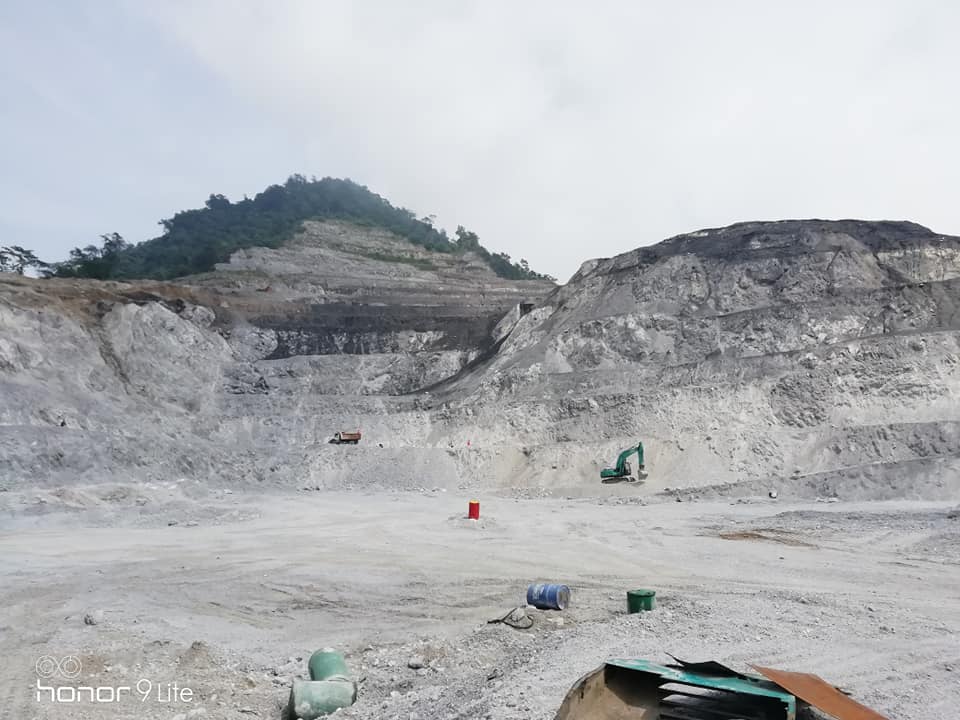This was one of the first major landmark cases ever to be conducted by the ACC after its establishment. The case was extensively covered in the media for quite some time, both during the investigation as well as during trails. At the end of the investigation, the Commission issued 14 investigation reports exposing one of the deep-seated corruption scams that had long plagued the mining activities in Samtse.
At the center of the case were two main civil servants from the Department of Geology and Mines (DGM), one of whom was the Head of the Mining Division and the other, his subordinate, a Mining Inspector stationed at Samtse. The case revolves around fraud and corruption in leasing and issuing of permits for mining and surface collection of minerals. Prior to this investigation, the Commission had received numerous allegations against the Mining Inspector for gross misuse of enforcement powers and illegal profiting from mining operations.
The Commission’s investigation revealed a deep-seated collusion between the two who fraudulently secured many mining leases and permits in and around Samtse for themselves and corruptly profited by subleasing to Indian businessmen across the border town of Chamurchi. Their main underlying modus operandi entailed first acquiring the approval of the DGM based on forged applications and then leasing to Indian businessmen on commission basis. When the investigation was launched in June 2008, there were as many as 8 applications (6 for Talc mining and 2 for surface collections) in the pipeline, all in the name of their relatives most of whom did not even know. All these applications were immediately suspended.
It all started with the Mining Inspector who, not long after his posting to Samtse in late 1990s, began to make small money out of surface collection permits. He obtained permits from DGM in various locations in the name of his relatives only to be leased to some Indians for commission. This money-making scheme soon came to the knowledge of the Mining Head. Instead of reprimanding the inspector for his misconduct, he succumbed to his greed and chose to collaborate and work ‘hand-in-glove’ in pursuit of his personal enrichment. They gradually extended their reach from surface collection to large scale mining and organized business operations including export to Bangladesh. In their quest for enrichment, the duo controlled the local mining industry taking any prospective mining sites through multiple applications in the name of their proxies. Their hidden nexus unfairly disadvantaged many private individuals seeking for lease or permits. Many mining operators could not obtain leases directly in their name and had to take it from them on commission basis. Their applications were unnecessarily delayed or hindered for trivial reasons while fraudulent applications processed by the inspector were expeditiously approved despite many glaring irregularities.
The investigation discovered that the Mining Head quickly seized an opportunity to fraudulently process and obtain a lease approval for a 13 hectares talc mine at Lower Saureni in the name of his cousin which was operated for six years. For the two years, they tried to operate the mine themselves but later leased to some Indian operators on commission basis. The Mining Head not only earned illicit commission from the Indian parties but also from hiring charges of several excavating machines operated under his father’s name. They even opened one export office to facilitate commercial export to India and Bangladesh, licence and bank account of which were both registered in the name of the inspector’s relative. All the field operations, assets, and financial activities were being looked after by the inspector. In return, the inspector not only continued to engage in fraudulent obtaining of more leases and permits but also got to remain in Samtse without being transferred for a prolonged period.
The investigation exposed many systemic weaknesses in the lease approving process that encouraged unethical conduct of those in power. The lease applications were received on a first come first serve basis without any transparent and accountable mechanism. Any individual without proper background details, business experience, financial or technical capacity could apply for mining lease or surface collection permits. No assessment or evaluation process was in place and the Mining Head held significant discretionary powers over approving of lease or permits. Weak leadership and lack of internal controls within the department made the environment more conducive for rent-seeking behaviour.
The Commission forwarded the case to the OAG for prosecution on 10 December 2008.

